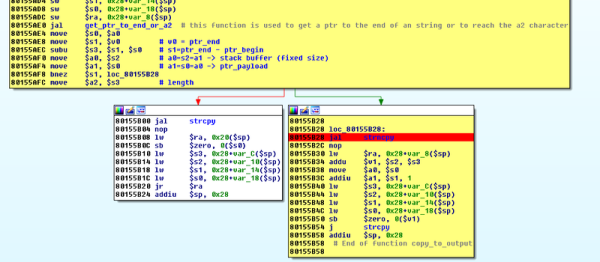The vintage aesthetic is more popular than ever, and while things like rotary phones aren’t particularly useful anymore, there’s a lot of fun to be had using them in new and inventive ways. For this project, [Sander] built an attractive table lamp out of a Siemens rotary phone.
Switched off, the lamp appears to be nothing more than a phone with its handset floating in midair. However turn the dial, and LEDs mounted in the receiver begin to glow. Taking things a step further as good hackers do, [Sander] used a motorised potentiometer to control the LED brightness with a NodeMCU board featuring the ESP8266. This allows the LEDs to be dimmed either by hand, or by a smartphone connected over WiFi, without the dial getting out of sync.
By using a dual H-bridge setup, the NodeMCU is able to both control the motorized pot as well as generate an AC signal to activate the original bell in the phone, which adds a whole lot of nostalgia points. Fitting the motorized pot into the phone did lend some challenges but that didn’t slow [Sander] down – they simply used a cheap universal joint to allow the motor to connect to the rotary dial off-axis. A great trick to keep in your back pocket.
For the haunting floating effect, [Sander] used a meter of 4 mm brass rod, bending it into shape to hold up the handset. This was used as a ground, and along with a couple of extra wires for power, was covered in a black textile sheath recovered from another electrical cable. [Sander] tells us it wasn’t the easiest thing to pull off, but we definitely agree that the effect is totally worth it.
Thirsty for more vintage ephemera? Check out this rotary phone that runs on GSM. Video below the break.

















